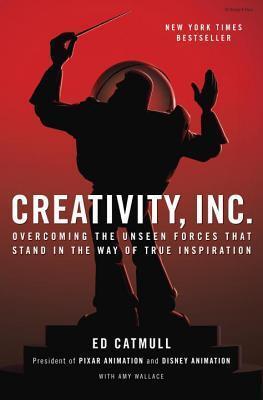
“You have to care about the community you have, but you also need to think about the people who have not even experienced the product, and don’t have any preconceptions.”
The added invention, two months later, of tagging friends in photos proved even more fruitful for the company. People who weren’t yet using Facebook were suddenly getting email alerts that photos with their faces in them were appearing on the website, and were tempted to click to see. It became one of Facebook’s most important manipulations for getting more people to use the social network, despite the hint of creepiness.
It was the culture that drove homepage leader Marissa Mayer, who later became CEO of Yahoo!, to famously test 41 shades of blue to figure out what color would give the company’s hyperlinks the highest click-through rate. A slightly purpler blue shade won out over slightly greener shades, helping boost revenue by $200 million a year.
He worked writing marketing copy for Gmail, where the team was trying to figure out how to get users their email faster. Their solution was creative: as soon as a person went to Gmail.com and started entering her username, Google would start downloading the data for her inbox while she typed in her password. Once she clicked to log in, some of her emails would be ready to read, leading to a better user experience without requiring a faster internet connection.
Krieger reasoned that if they’d spent more time building, they might have missed their moment. He thought back to the crime data app he’d helped make, with its heavily produced graphics but nobody to appreciate them. It was better to start with something minimalist, and then let priorities reveal themselves as users ran into trouble.
Everyone at the company had access to the whole Facebook code base and was allowed to make changes to the product without much oversight. All they needed to prove was that their edit caused a boost, however small, for some important metric, like time spent on the app.
And they would often delete pictures if they didn’t get 11 likes. That was the number of likes that would turn a list of names below an Instagram post into a number—a space-conserving design that had turned into a popularity tipping point for young people.
Working manually on a small version of the product made more sense than spending precious engineering resources and navigating politics with Facebook’s ads sales team, for a system that might not ultimately work.
Instagram, on the other hand, was trying to build a premium experience, brainstorming directly with advertisers about their ideas and manually placing their ads. They knew that this system couldn’t work forever, but Systrom and Krieger always urged people to do the simplest thing first, the way they had when they first built the app. Working manually on a small version of the product made more sense than spending precious engineering resources and navigating politics with Facebook’s ads sales team, for a system that might not ultimately work.
Once Facebook purchased the VPN company, they could look at all the traffic flowing through the service and extrapolate data from it. They knew not only the names of the apps people were playing with, but also how long they spent using them, and the names of the app screens they spent time on—and so, for example, could know if Snapchat Stories was taking off versus some other Snapchat feature. It helped them see which competitors were on the rise before the press did.
David Swain, the Instagram communications chief, had two things he liked to say about the media strategy. One was “extend the honeymoon”: keep people feeling good about Instagram for as long as possible in the wake of the Facebook marriage. The other was “don’t fuck it up”: avoid losing user trust, the way Facebook had. In order to achieve these goals, he thought, Instagram needed most of the press about Instagram to be about its best users, not about the company itself. And Instagram needed to remain behind the scenes for as long as possible. It was like Instagram was running a constant influencer campaign, for Instagram.
A couple years later, there was little original content production on Vine except from professionals, so those stars realized they had leverage. Twenty of the top Viners banded together to negotiate with Twitter, saying that for about $1 million each, they would post every day for the next six months. If Twitter rejected the deal, they would instead start posting Vines to tell followers to find them on Instagram, YouTube, or Snapchat instead. Twitter refused, the stars abandoned the app, and eventually, Vine shut down entirely.
When Horsley tested whether Facebook would lose money by increasing the quality requirements, he miraculously found that the opposite was true. Advertisers took their ads more seriously, and spent more. The change was approved.
When Instagram ran blind tests, users liked the algorithmic version more; when told it was algorithmic, they said they preferred the chronological version.
Systrom had told his communications team that he would acknowledge to the press that the Stories format was a Snapchat invention that Instagram had copied, and that was why they had the same name. (“You’re going to do WHAT?” Facebook PR head Caryn Marooney exclaimed. Usually Facebook would spin any copied products as a “natural evolution” of what users wanted.)
Trump’s campaign had a total of 5.9 million different versions of his ads, compared to Clinton’s 66,000, in a way that “better leveraged Facebook’s ability to optimize for outcomes,” the employee said. Most of Trump’s ads asked people to perform an action, like donating or signing up for a list, making it easier for a computer to measure success or failure. Those ads also helped him collect email addresses. Emails were crucial, because Facebook had a tool called Lookalike Audience. When Trump or any advertiser presented a set of emails, Facebook’s software could find more people who thought similarly to the members of the set, based on their behavior and interests. Clinton’s ads, on the other hand, weren’t about getting email addresses. They tended to promote her brand and philosophy. Her return on investment would be harder for Facebook’s system to measure and improve through software.
